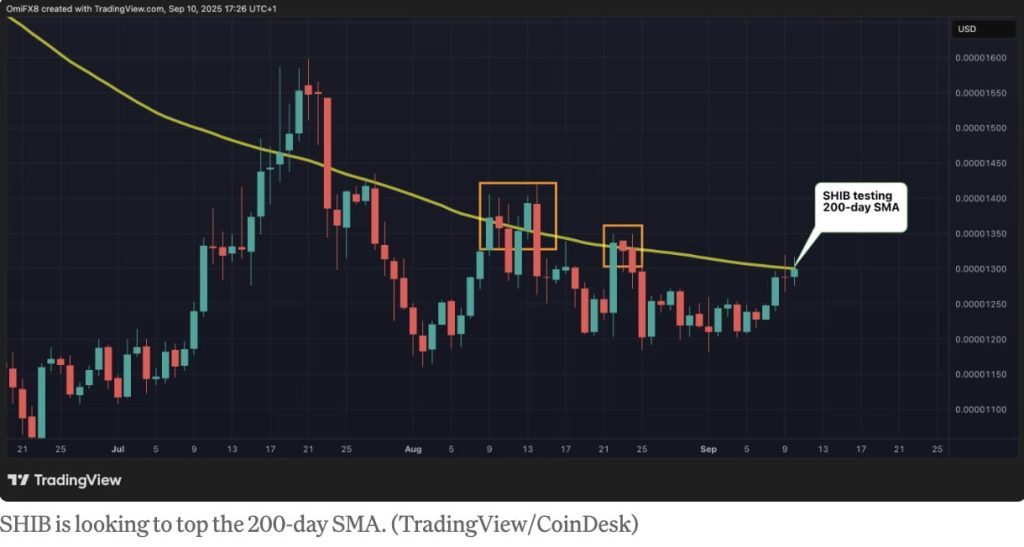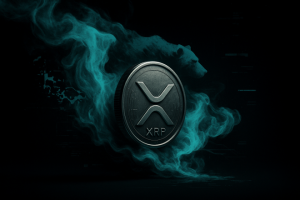Binance and Coinbase Expand into White-Label Crypto Services for Traditional Finance

Binance has joined Coinbase in offering white-label cryptocurrency solutions tailored for traditional financial institutions, signaling a major convergence of digital assets and conventional banking. These services allow banks, investment firms, and other financial entities to integrate cryptocurrency trading, custody, and wallet solutions under their own brand, without developing infrastructure from scratch. By providing turnkey solutions, Binance and Coinbase aim to accelerate mainstream adoption of crypto while lowering technical barriers for institutions. Analysts view this development as a critical step in bridging the gap between decentralized finance and legacy financial systems, expanding market reach and regulatory-compliant digital asset access.
White-Label Services Explained
White-label cryptocurrency platforms enable financial institutions to offer crypto-related products to their clients under their branding. These solutions typically include trading engines, secure custody services, compliance protocols, and liquidity access. For institutions, this model reduces the need for in-house technological development while maintaining regulatory compliance, allowing them to compete in the rapidly evolving digital asset sector efficiently.
Binance and Coinbase Strategies
By joining the white-label market, Binance and Coinbase are positioning themselves as infrastructure providers for traditional finance, rather than merely retail-focused exchanges. Binance leverages its global liquidity and broad suite of crypto products, while Coinbase capitalizes on regulatory credibility in the U.S. market. Both firms aim to establish long-term partnerships with banks and fintechs seeking to enter the cryptocurrency space without direct operational risk.
Implications for Traditional Financial Institutions
The availability of white-label services lowers barriers to entry for banks and investment firms interested in crypto markets. Institutions can now offer seamless trading experiences, secure custodial solutions, and integrated portfolio management tools to their clients. Analysts note that this could accelerate adoption of digital assets among mainstream investors, enhancing overall market liquidity and legitimacy.
Market Growth and Competitive Advantage
The white-label approach enables crypto exchanges to monetize their technological capabilities while expanding their ecosystem through B2B partnerships. Institutions benefit by offering innovative services to retain and attract clients. Experts predict that this strategy could become a standard for crypto adoption in legacy finance, with early adopters gaining a competitive edge in client engagement and product offerings.
Regulatory and Compliance Considerations
White-label partnerships require robust compliance frameworks to align with anti-money laundering (AML), know-your-customer (KYC), and securities regulations. Binance and Coinbase provide integrated compliance tools to mitigate regulatory risk for their partners. This is particularly important in jurisdictions where institutional oversight and transparency are critical to market participation.
Future Outlook
The expansion of white-label crypto services reflects a broader trend of convergence between digital assets and traditional finance. Analysts foresee increasing collaboration between crypto infrastructure providers and financial institutions, driving mainstream adoption, product innovation, and the eventual integration of digital assets into conventional financial portfolios. The move by Binance and Coinbase underscores the strategic importance of bridging technology, liquidity, and regulatory compliance to capture the next wave of institutional investors.




